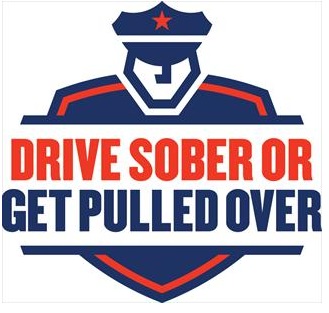This Friday, December 21,
2012, is the last day on the Mayan calendar. Some say it’s the end of the
world, others say the Mayans just got lazy and stopped counting. Honestly, I’m
not concerned because apparently the Mayan calendar doesn't include leap years
and if you do the math the day in question has already come and gone.
Although most people aren't concerned about this upcoming “apocalypse” it has become a great excuse to throw a party! Facebook is blowing up with invites to “end of the world” parties. I've already been invited to multiple house parties, a paint party, and I can’t even count the number of bars and clubs that are using this theme to promote their drink and cover specials.
Although most people aren't concerned about this upcoming “apocalypse” it has become a great excuse to throw a party! Facebook is blowing up with invites to “end of the world” parties. I've already been invited to multiple house parties, a paint party, and I can’t even count the number of bars and clubs that are using this theme to promote their drink and cover specials.
I’m a fan of themed
parties and love a reason to get my friends together, but I would like to make
a small PSA on the topic. Just because
it’s not the end of the world, doesn't mean it can’t be the end of yours.
When you drink and drive you put yourself and everyone around you at risk. Drunk
drivers not only put their lives at risk, but their passengers and innocent
drivers on the road often fall victim to the selfish act. Even if you spare
yourself and others from injury and get lucky and make it home with just a DUI, with a starting cost of $8,000, a DUI is going to put a dent in your wallet and
could mean the end of your job or career goals. But what if you don’t make it
home? What if your decision to get behind the wheel means that someone else doesn't make it home? Personally, I wouldn't be able to handle the fact that I
caused a preventable tragedy.
Please go out and have a
wonderful time celebrating that it’s NOT the end of the world this Thursday and
Friday but pledge not to drink and drive. Get a designated driver, call a taxi,
do what you have to do to make sure that the Mayan calendar didn't predict the
end of your world as you know it.









































